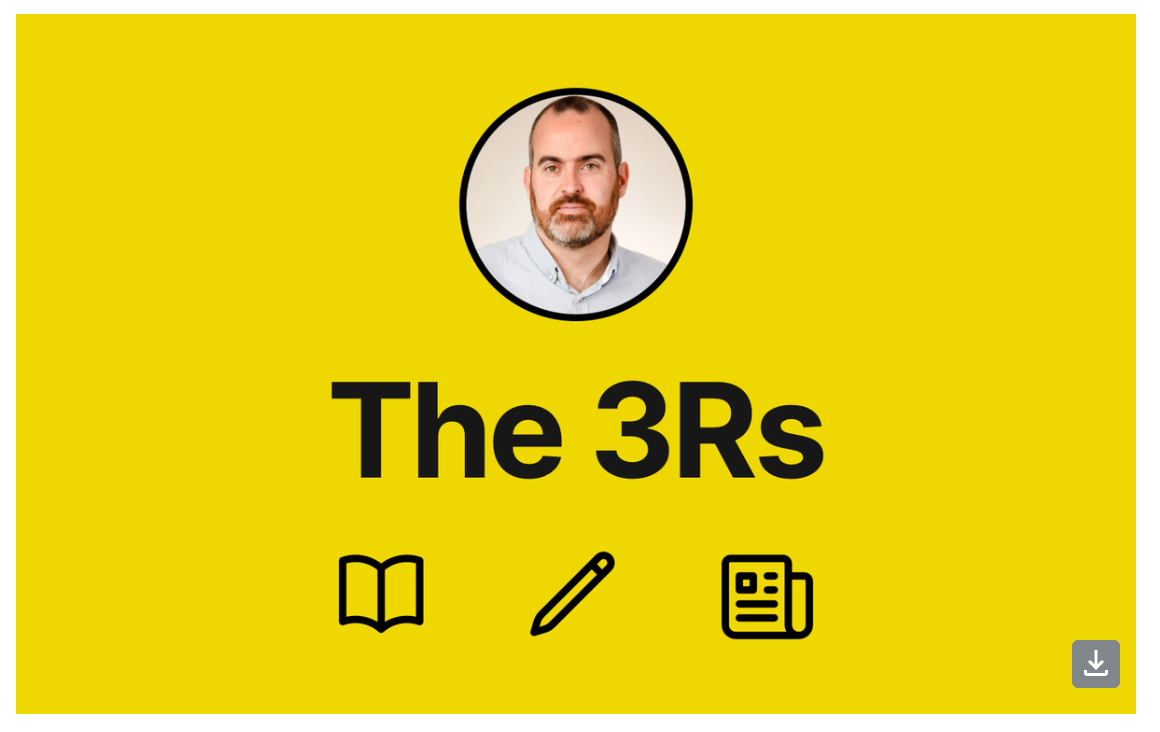Making change in education is hard. Making a change at scale is even harder. Whether it is a new secondary school, growing their departments and staff, or a school trust mushrooming in size, this type of scale up can easily suffer what has been termed a ‘voltage drop’.
The book, ‘The voltage effect: How to make good ideas great and great ideas scale’, by John A. List explores a host of real-world examples to prove his point. In national policy, or in educational research, the challenges of scale-up are well known. It could be Jamie Oliver restaurants or BooHoo going boom and then bust.
John List also helpfully poses five critical issues to look out for when seeking to scale-up an idea or an organisation like a school or trust.
- ‘False positive’ indications of early success. A false positive is a misleading indicator of success that may not steer us to identity the key ingredients for effective scale up.
School level example: Teachers and middle leader are delighted by the reading intervention in their Scarborough secondary school. It is expensive but seems to be effective with very high need pupils. But when they expand the number of pupils, and the TAs to deliver, the reading advances start to fall away.
Trust level example: The host school of the Leeds trust always gets brilliant exam outcomes founded on their knowledge curriculum and extended day model. When those very same leaders work across a range of schools, implementing a new extended day structure, the same gains just aren’t evident.
- A lack of ‘audience’ understanding. Different groups can respond and interpret change and improvement in different ways. We may assume more similarities than differences in response when we are confident in our methods.
School level example: A new year 6 approach to teaching the writing process goes well when teachers teach a couple of units. The school decide to run the approach across all key stage 2 classes. It quickly becomes evident that year 4 and year 5 pupils struggle with the degree of writing independence built into the approach.
Trust level example: Teachers and leaders in their growing Manchester trust get great feedback about their new homework and marking policies from parents. When the trust grows across the North West, they cannot seem to find the same level of positive opinion in their surveys when spread across parents and communities in their different schools.
- A dependence on exceptional individuals. Brilliant people are hard to scale. With the staffing crisis, for teachers and leaders, this is particularly acute. Headteachers who have developed in a school and know it inside out may also not translate those insights in different schools.
School level example: A science department in a new start up school in Liverpool is achieving startling GCSE results with the first couple of cohorts of students. Only a few years later, with a department triple the size, results plateau (though still well above average). The quality of teaching and leadership is more variable, and the pupil demographics are beginning to change.
Trust level example: In a large primary school in Derby, a brilliant deputy headteacher leads out the implementation of an updated curriculum. But when you try and scale the same curriculum across a group of trust primaries, across the Midlands, it is communicated less clearly, and when it goes wrong people don’t see the issues quick enough. The brilliant deputy was vital and not-so-scalable.
- Negative spillover effects. Spillover effects can occur in unintended ways, with some negative side effects.
School level example: A new secondary school-wide approach to using tablets gets lots of initial acclaim. Initial engagement and homework completion appears to improve. But there is also the reality that instances of copy-and-pasting homework from the web increases. Also, lots of pupils begin to experience tablet charging issues, which sees many pupils avoiding lesson starts and similar.
Trust level example: A new primary trust-wide communication plan focuses on moving to text and a small number of emails. Whilst this saves some initial time in parental meetings and chats with parents in mornings, it begins to see an issue with some vulnerable families being wholly out of contact, along with some parents demanding repeated meetings, above and beyond any previous home-school communication.
- Avoiding cost traps. Scaling up can sometimes see an escalation in costs that accompany the change. Once we have started an improvement plan, it can be hard to withdraw, and we can often sink more costs into our plans in an attempt to secure success. Or, we can simply underestimate the hidden costs of an approach.
School level example: A large secondary school in Newham sees the success of an ‘attendance officer’ approach in the school down the road. They decide to do it with their existing pastoral team, but it quickly transpires they need additional full-time staffing to make it workable.
Trust level example: An intensive same-day intervention approach works effective in schools in the trust which have high pupil premium funding to support and train teaching assistants, but in schools with lower funding, the approach just stops being feasible.
There is no easy way to secure scale-up success, but a helping starting point is assuming the conditions for initial success will often be more unique and related to specific school contexts.
Understanding likely 'voltage drops' is a good start to planning and a useful issue to monitor as we seek to make an improvement in our schools or across the system more widely.






Comments